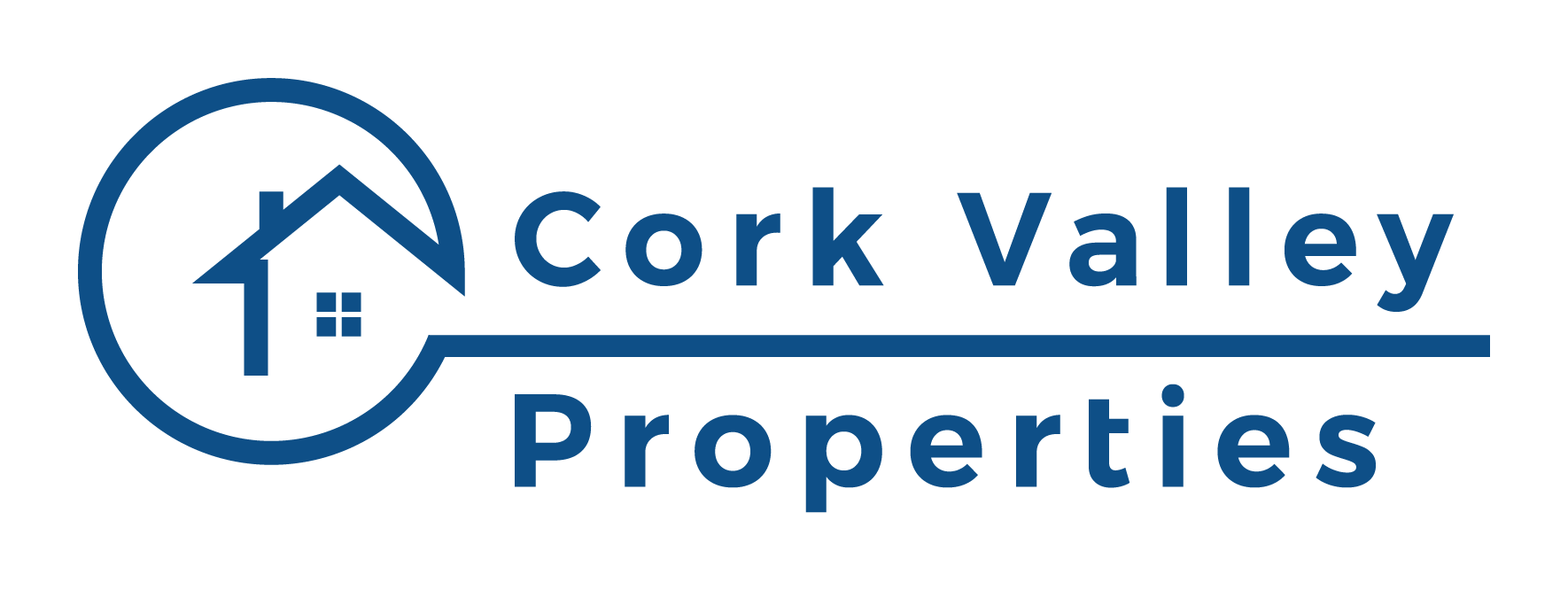🏠 How to Budget for Renting a Home
1. Determine Your Monthly Income
Start with your net income—the amount you take home after taxes.
If you have variable income (like commissions or hourly work), use an average from the last 3–6 months.
💡 Rule of thumb: Your rent should generally be no more than 30% of your monthly income.
Example: If you take home $4,000 per month, aim to spend $1,200 or less on rent.
2. Factor in Upfront Costs
Before moving in, expect several one-time expenses:
- Security deposit: Typically 1 month’s rent (sometimes more).
- First and last month’s rent: Common for new leases.
- Application fees: Usually $30–$75 per person.
- Moving expenses: Truck rental, movers, packing materials, etc.
- Utility setup fees: Deposits for gas, electric, water, or internet.
🧾 Tip: Save 2–3 times your monthly rent to comfortably cover upfront costs.
3. List Your Monthly Expenses
Include everything that will recur each month:
- Rent
- Utilities: Gas, electric, water, trash, internet.
- Renter’s insurance: Usually $10–$25 per month.
- Transportation: Gas, public transit, parking.
- Groceries and household supplies
- Debt payments: Credit cards, car loans, student loans.
- Savings and emergency fund
4. Account for Variable or Seasonal Costs
Some months will be more expensive than others. Budget a little extra for:
- Higher heating or cooling bills in winter/summer.
- Holiday spending or travel.
- Maintenance costs (e.g., replacing filters, light bulbs).
💰 Pro tip: Add a “miscellaneous” line in your budget for unexpected costs—around 5–10% of your total expenses.
5. Track and Adjust
Use a spreadsheet or budgeting app (like Mint, YNAB, or Google Sheets) to:
- Track spending for 2–3 months.
- Identify where you can cut back.
- Adjust rent expectations if needed before signing a lease.
6. Build a Safety Net
Aim to keep at least one month’s rent in savings as a cushion.
This protects you if your hours get cut, your car needs repairs, or a roommate moves out unexpectedly.
7. Check the True Cost of Each Property
When comparing homes, look beyond the rent:
- What utilities are included?
- Is there parking or laundry?
- How much is the commute costing you in gas/time?
- Are there HOA fees or mandatory service fees?
Sometimes a higher-rent unit with more included amenities is actually cheaper overall.
✅ Example Budget Breakdown ($4,000 Monthly Income)
| Category | Monthly Amount | Notes |
|---|---|---|
| Rent | $1,200 | 30% of income |
| Utilities | $200 | Gas, electric, water, trash |
| Internet | $60 | Spectrum/Comcast, etc. |
| Transportation | $300 | Car gas/insurance |
| Groceries | $400 | Moderate household |
| Debt Payments | $300 | Credit cards, loans |
| Renter’s Insurance | $15 | Standard coverage |
| Savings | $200 | Emergency fund |
| Miscellaneous | $125 | Flex buffer |
